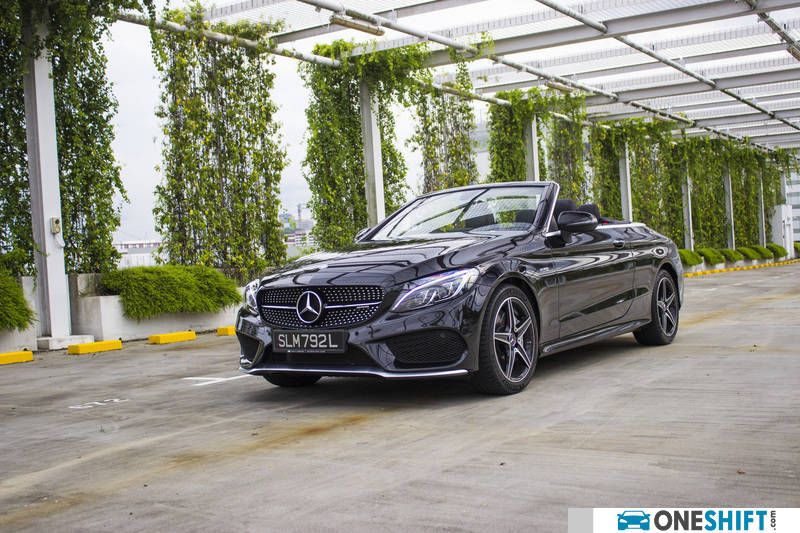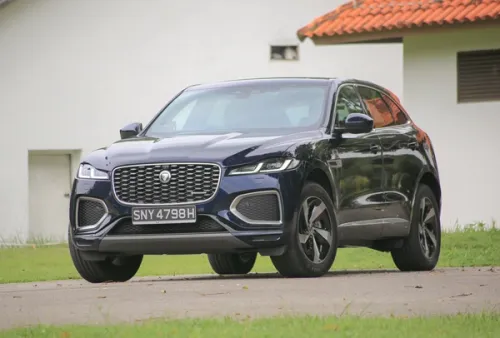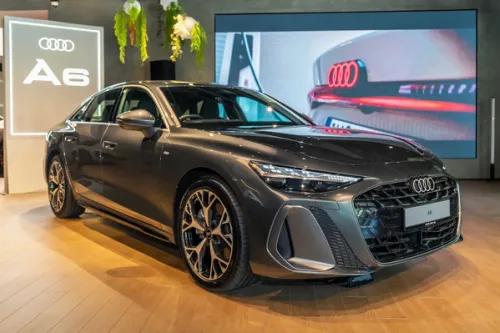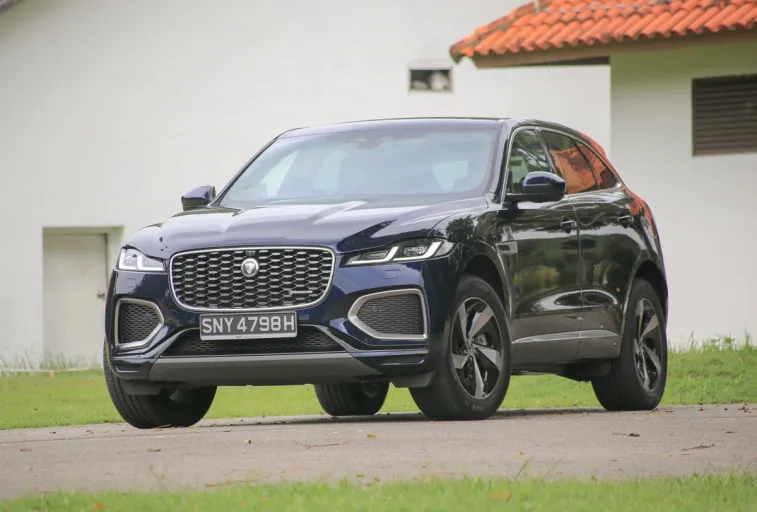When my COE expires, should I scrap my car or renew my COE?
The 10-year mark of your reliable and trusty ride is approaching: This means you’ll soon have to come face-to-face with this dilemma – Should you scrap your car and buy a new or used one, or renew your COE?

The 10-year mark of your reliable and trusty ride is approaching: This means you’ll soon have to come face-to-face with this dilemma – Should you scrap your car and buy a new or used one, or renew your COE?
With soaring and dwindling prices of COE over recent years, along with stricter LTA inspections and zero vehicle growth rates, this dilemma now becomes even more troubling. These are some of the factors that you will need to take into account when you make your decision.
Do you have cash on hand to pay for the down payment of the car? Even with the cheapest cars under $90,000, you will still have to fork out at least $27,000 to purchase a new car to replace your current ride.
Do take note that cars with OMV of $20,000 and below, you’ll be able to borrow up to a maximum of 70 per cent of the price of the car whereas cars with OMV of $20,000 and above, your maximum car loan shrinks to 60 per cent.
Yes, although your PARF rebate can help to offset some of those upfront costs, buying a new car would mean that you will still have to fork out roughly $20,000 to replace your ride.
A used car usually costs less than that of a new car and you will be able to get a car loan of up to 70 per cent of the price of the car, up to a maximum of seven years. Although the upfront costs of purchasing a used car after scrapping your old car is much lower, it also means that you’ll have to once again face the same dilemma as you do now in X number of years time. Also, used cars are a hit or a miss and it all depends on whether the previous owner or owners took good care of it (you may end up purchasing a lemon!). =/
Whether or not is it worth it to take that risk to spend less, we’ll leave it up to you!
When you choose to renew your COE, you will immediately lose the benefit of getting your car’s PARF rebate. The PARF rebate is an amount that you get back from the government when you deregister your car. It is calculated based on your leftover COE and ARF. While the PARF rebate is not that much for Asian cars and forgoing it may even help you save more as compared to purchasing a new car, continental cars have a much higher PARF value.
For instance, a 2008 Honda Civic 1.6A may have an ARF of about $21,000, which means that you will forgo about $10,500 in terms of your PARF rebate. Comparatively, a BMW 5 Series’ ARF is about $45,000 and you will then forgo $22,500 of PARF rebate.
On top of “losing” your PARF rebate, you’ll have to count the costs of paying the Prevailing Quota Premium (PQP) to renew your COE. The PQP is the moving average of Quota Premium in the last three months. This works out to be about $39,274 (Cat A) and $44,998 (Cat B) for March 2018. For a five year COE renewal, you’ll pay 50 per cent of the PQP and will definitely have to scrap your car once the 5-year term is up. The extension of 10 years meant that you’ll have to pay the full PQP and can still choose to renew your COE for another 10 years when it expires. That being said, there are still a bunch of COE renewal loans to help reduce the upfront costs of renewing your COE.
Do also note that your payable PQP rate is for the exact month that your 10-year COE expires. Should you choose to renew before your COE expires, it will follow the PQP rate at the time of renewal. If you are seriously considering this option to renew your COE, a good strategy will be to renew it when the PQP rate is low.
For instance, if your COE expires in April 2018, wait till the PQP of April 2018 comes out (usually during the end of the previous month) and if PQP of April is lower than that of Mar, you should renew it in April when your COE expires. This would grant you a savings of ($44,998 March 2018 vs $40,881 March 2018).

When you , you will also need to pay a surcharge on your road tax. This surcharge increases by 10 per cent each year after your first 10-year period up to your 14th year. After that, you’ll pay a 50 per cent surcharge every year till the end of your COE term.
This would mean that you will pay an additional $120 for the road tax (about $1200) of your Nissan Teasan 2.0A after the 10th year, and $600 when it hits the 15th year mark.
When purchasing a new car, regular servicing and maintenance is required but these costs may be higher if you are purchasing a USED car. Many car owners would choose to set aside about $2,000 or so to go for a full servicing and maintenance of the used car, including changing out all liquids to ensure they are in good condition before actually using the car. The condition of used cars also vary and if you buy a car about three years old and above, it would also mean that they are no longer on warranty by the manufacturer or authorised car dealers.
Since these cars are 10-year-olds, maintenance may include changing of parts such as your suspension and transmission that you will have to take into consideration. Some car owners may also want to give it a fresh coat of paint, et cetera. As they are older, more frequent servicing and maintenance may be required as well.
On top of that, don’t forget the newly announced stricter LTA inspections of older cars. Even without this increasingly stringent check, cars older than 10 years will already have to go for inspections annually as compared to biannually for cars between 3 to 10 years old. Vehicles will need to pass these checks and these costs money too. Even if the $64.20 inspection by STA does not falter you, failing the checks would mean that you would have to send your car to the workshop to resolve the issues and go for a re-inspection ($32.10). Resolving these issues, again, may involve replacing parts as previously mentioned.
Finally, remember that some of these old cars may be out of production. To find suitable spare parts, it will also cost you more effort and money.
For these cars under 10 years, there is a multitude of insurance companies and types of insurance that you can purchase for the car. Oneshift also helps you to source from dozens of car insurers to find the most comprehensive or lowest insurance premiums.
In comparison, it will be harder to source for comprehensive coverage for your car. For instance, some insurers may not give your comprehensive coverage, and will render you insurance only for fire and theft and third party insurance. More effort and time will be required to source for the right car insurance. Oneshift can help you get a free non-obligatory car insurance quote to save you that time! The yearly premium for older cars also tends to be higher than that for new and used cars.
That being said, it is not all bad to renew your COE. A great benefit of renewing your COE as compared to scrapping your car and purchasing a new or used vehicle would be the lower depreciation over the years.
It is definitely attractive to renew your COE if your car is still in good condition as it may still cost less than that of a new car. If you keep these cars long enough, you can even consider registering it as a classic car after 35 years. But do take into consideration the higher servicing costs, stricter inspection, and road taxes.
Here, we have a nifty table to summarise the pointers mentioned above and compare your options when your is at its 10-year mark.
10 years
5 years
10 years
$110,000*
$60,000*
$39,274
$33,000 *
(30% of car price)
$18,000*
(30% of car price)
$39,274
(or you could consider a COE renewal loan)
2.28%
2.98%
-
PARF and COE, about $2,500
PARF and COE, about $2,500
-
$684
$684
$752.40 (10th year) to $1,026 (14th year onwards)
3 years
-
-
Regular servicing
Full servicing when you purchase the car, regular servicing thereafter
Servicing dependent on the condition of the car
1-3 years, no inspection; subsequently biannually
Biannually
Annually
$256.80
$192.60
$642
Full range of policies
Full range of policies
Fewer choices, higher premiums
$10,000*
$11,000*
$3,927
*Prices are rounded off for easy comparison
Credits:


Get the Best Price for your used car
from 500+ dealers in 24 hours

- Convenient and Hassle-Free
- Consumer Protection
Transparent Process
With No Obligation








